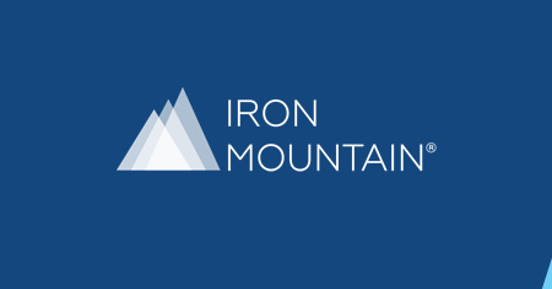업무 생산성 향상
오늘 무료 상담을 받아보세요!
Modern knowledge work is driven, in large part, by the content and data created by workers. These days, there are a plethora of options for creating and collaborating on content, as well as generating data and metadata about its use. However, challenges persist regarding employees’ visibility and control of this content and data – challenges that are being exacerbated by the impact of the COVID-19 pandemic and the mass-scale shift to remote work that will define the new normal. Underscoring this is that information silos (making information difficult to search, access and use) are the number one obstacle to team success.

Modern knowledge work is driven, in large part, by the content and data created by workers.
These days, there are a plethora of options for creating and collaborating on content, as well as generating data and metadata about its use. However, challenges persist regarding employees’ visibility and control of this content and data – challenges that are being exacerbated by the impact of the COVID-19 pandemic and the mass-scale shift to remote work that will define the new normal.
Underscoring this is that information silos (making information difficult to search, access and use) are the number one obstacle to team success.
Our research has also found that 90% of workforce respondents believe it would be important for a new employer to offer devices, applications and other productivity tools if they were in the market for a new job.2 In the same survey wave the following year, we found that 35% of respondents would be somewhat or very likely to leave a job for another position where the only difference was better availability of devices, applications and other productivity tools. This data suggests that productivity tools are drivers of both recruitment and retention, and with content creation tools ranking as the tools most supportive of individual productivity, it stands to reason that an investment in modern content tooling aligns with a modern employee experience.
As organisations begin to outline and implement their workforce productivity strategies to support the future of work, it’s critical that they take a data-driven and automated approach that supports employee execution. Widening the lens through which workers can view and understand the content and data associated with their work helps to limit duplication of effort while breaking down silos that filter an employee’s understanding of overall corporate strategy. The future of work demands an investment in the employee experience, which, in part, means an investment in streamlined, appropriate and sanctioned content access, improved visibility across content silos, and optimization of content usage across multiple applications to support more user control and autonomy in daily work processes.
전체 콘텐츠에 액세스하려면 정보를 입력하세요.
전체 콘텐츠에 액세스하려면 정보를 입력하세요.